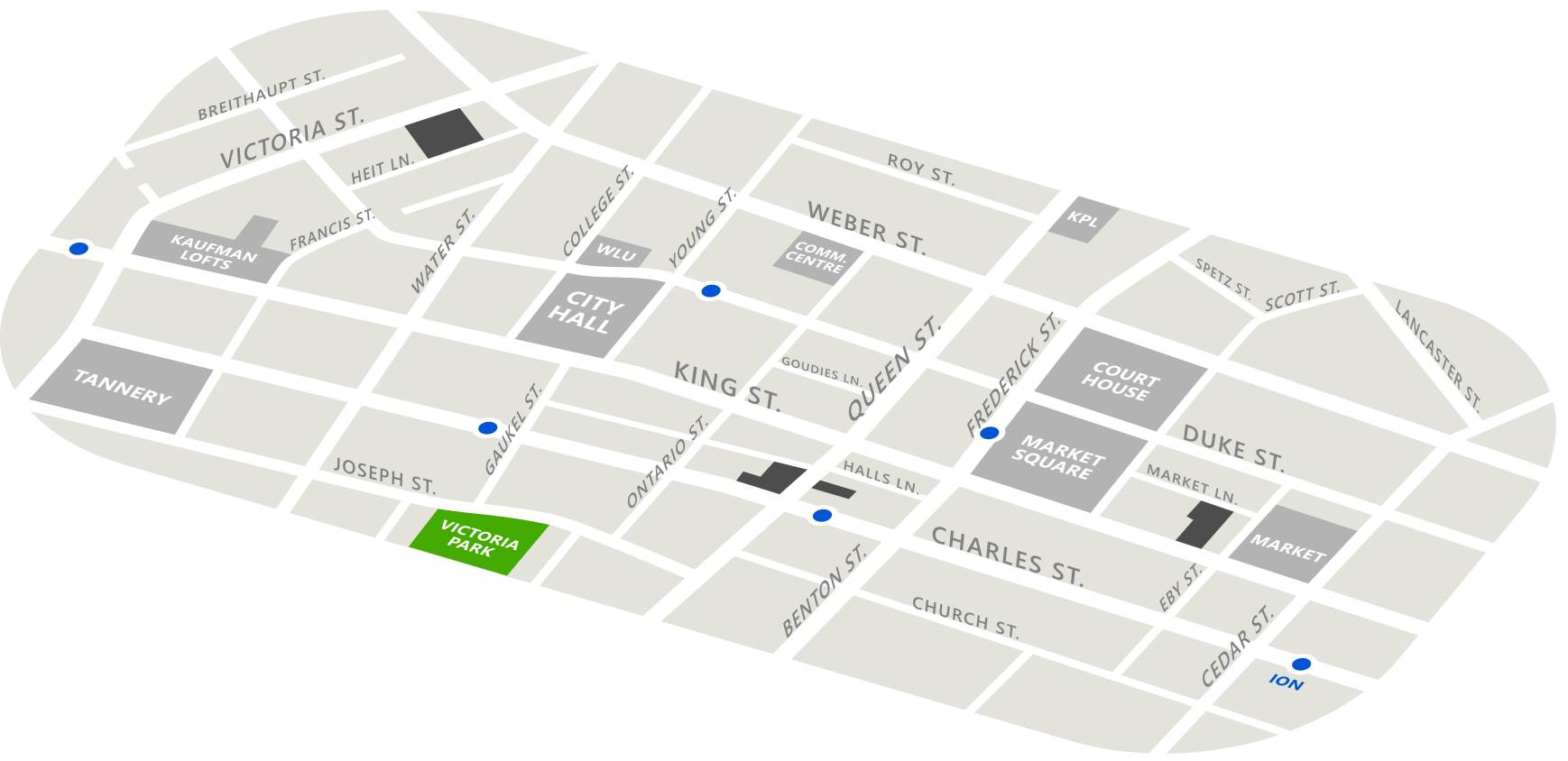By Karin Kliewer
Published in June 2004
A public oven that gives such a strong push for strangers to share overlapping stories is a very good thing, in a city where so many people know so little about one another’s stories, past or present.
– Jutta Mason, excerpt from Cooking with Fire in Public Space
The traditional village bake oven was the hub of community life – the town’s unique focal point, the circle of neighbours swapping recipes and sharing stories, the public meeting space where people’s lives intermingled amidst the pungent smells of wood smoke and fresh baking.
In our hurried lives and bustling city, the village bake oven teaches us many things. We learn about the satisfying rewards that come with food that is prepared slowly, with patience and care. We learn to celebrate bread baking as an art-form, using quality ingredients that come from local sources. We learn the value of working with our hands, being part of an age old history of community bread-bakers. Most of all, we learn of the unexpected friendships that can form when different people come together to work on a common task.
The Queen Street Bake Oven is one such “village bake oven”. Set in the heart of the Queens Greens Community Garden in downtown Kitchener, surrounded by trellised tomatoes, lettuce greens, melon patches, and a flowering fruit tree, the oven has become the newest informal gathering place for those wishing to share bread, skills and time together. As passersby smell the aroma of fresh baking, they pause, look over, and often contemplate visiting another time.
Established in the fall of 2003, through a grant from ACE Bakery, the Queen Street Bake Oven (a woodfired masonry oven) was constructed by a small crew of volunteers and community garden members. A manual that documents the building process with pictures, design notes,and the materials used will soon be available.
Since the spring, the oven has been in use, with bread and pizza workshops being offered the first Wednesday of each month. The oven will also be available for regular community use, garden events, and other creative baking ventures.
The establishment of the bake oven as a regular community gathering spot where neighbours can expect that the oven will be fired and ready to bake will take some time to evolve. In the meantime we are experimenting with the oven while starting to train people in the art of building and maintaining the oven fire.
The Bake Oven will also evolve over the next year as we develop Maurita’s Kitchen in the back of 66 Queen. One of the proposed uses for the Kitchen will be to combine baking with opportunities for building community.
